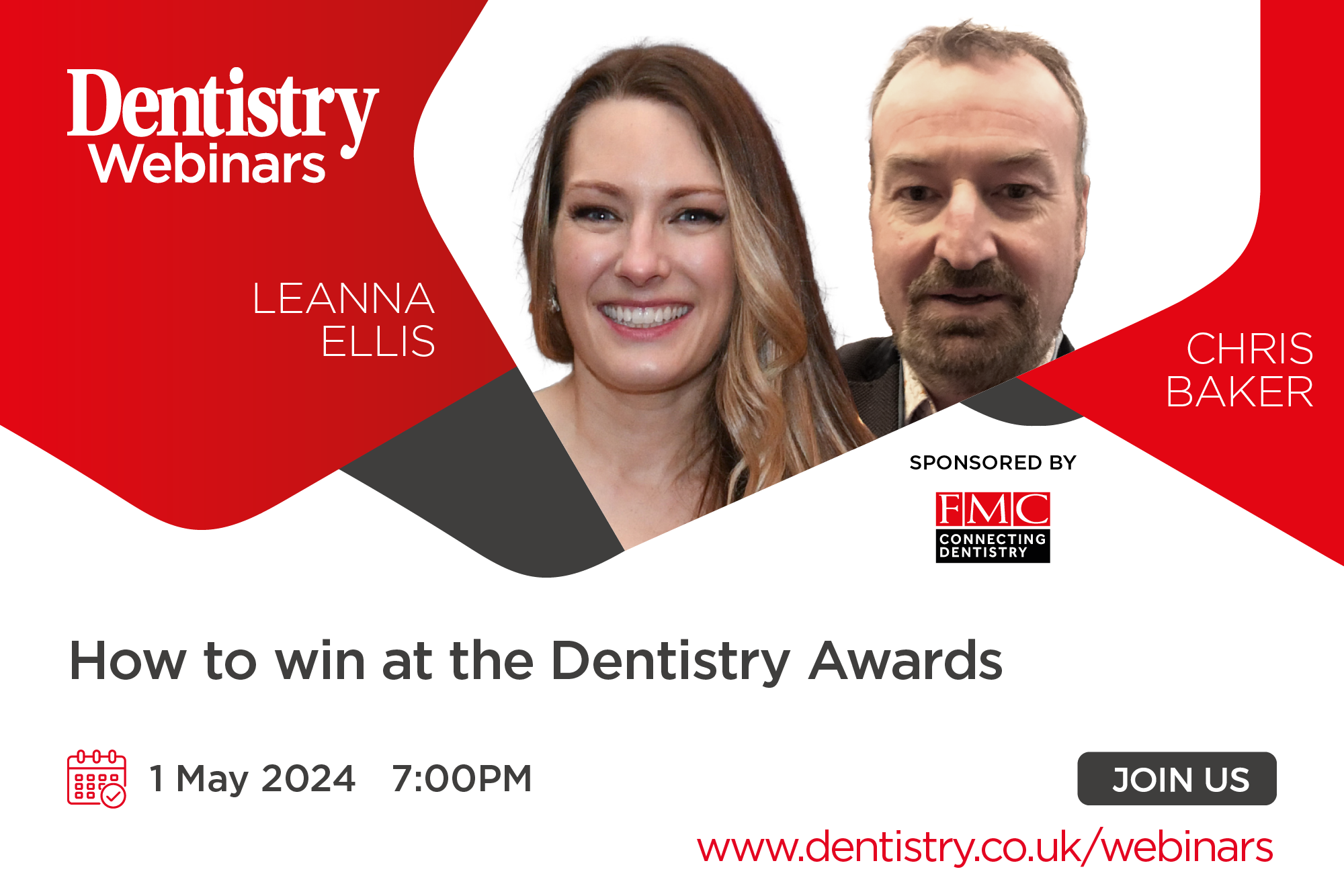
Sink or swim? Michael Watson assesses the latest NHS Digital statistics, which reveal a number of trends for NHS dentists
The end of the summer break is marked each year by NHS Digital releasing statistics for dentists’ earnings and expenses, as well as a slew of data on patients seen, treatments carried out and make-up of the dental workforce.
This year’s earnings figures relate back to the tax year 2017/18 and were largely foreshadowed by those produced by the National Association of Specialist Dental Accountants and Lawyers (NASDAL) six months ago.
The data relates separately to dentists in England and Wales, Scotland, and Northern Ireland. The more recent activity data comes from the year ending 31 March, but comes only from England.
Earnings
First, the boring bits. It is a survey taken from a sample of tax returns from self-employed dentists who do some NHS work.
It excludes corporates, those who hold an NHS contract, but don’t do any NHS work, and those in private-only practice.
It does not differentiate between NHS and private income, so will include the income of both those in wholly NHS practice and those who are essentially private, but with a small ‘children-only’ contract.
We can get a handle on how significant by looking at the amounts earned in relation to time spent on NHS work, for those who declared time spent.
There are 3,150 principal dentists who have net earnings of £116,700; for those spending 75% or more of their time on NHS work the figure is £116,000, for those spending 25% or less on NHS work this rises to £119,900 – more yes, but not so much as to justify the media’s caricature about rich pickings in private dentistry.
There is a similar story for associates, with average net earnings of £59,700 – for those spending 75% or more on NHS, £57,800; for those spending 25% or less on NHS, £79,600.
What did a dentist earn in 2017/18?
- In 2017/18, there was a 0.9% decrease in taxable income of all dentists, from £68,700 to £68,100
- For principals, gross income was £374,300, expenses were £265,400 and net income was £108,900, a fall of 0.1%
- For associates, taxable income fell by 1.9% to £58,500.
Although these falls are dismissed as ‘not statistically significant’ by NHS Digital, when expressed in real terms and over a period of time they soon mount up.
The British Dental Association (BDA) has pointed out that practice owners in England and Wales have seen their real incomes fall by 30% since 2008/9.
Associates, who make up 85% of the workforce, have seen incomes drop from £67,800 in 2008/9 to £59,700 in 2017/18 – a 36% fall to less than £47,000 when factoring in inflation.
The BDA’s General Dental Practice Committee chair, Dave Cottam, said: ‘NHS dentists have faced unprecedented cuts to real incomes.’
Numbers and earnings of dentists
There were 24,545 dentists working in NHS general dental practice, an increase of 237 from the previous year and of 3,202 since 2008/9.
For the first time ever, there were more female dentists (12,380) than male (12,165); this compares with 8,798 women and 12,545 men in 2008/9. For some years they have formed a majority among the under 35s, but never overall. However, men still predominate among the over 55s – 2,603 to 993.
Male dentists earn on average £81,900 and female dentists £54,700 – a third less. In part, this is explained by the fact only a quarter of the higher earning principals are women. But even among lower earning associates, where women make up 55%, they earn on average 27% less.
Comparing earnings with dentists’ ages, NHS Digital found ‘a general trend for dentists to earn their highest taxable income between the ages of 45 and 54’.
This apparent trend may in part be explained by the characteristics of each age band; for example, those aged under 35 years are more likely to be an associate than a principal dentist, while, on average, dentists aged 55 and over work fewer hours than those in the other age bands.
Patients seen, courses of treatment and UDAs
The headline figures were:
- 22 million adults were seen by an NHS dentist in the 24 months up to 30 June 2019
- Seven million children were seen by an NHS dentist in the 12 months up to 30 June 2019
- Only 44% of Londoners saw an NHS dentist in the previous 24 months, compared with 55.7% of those living in north west England
- 39.7 million courses of treatment were delivered in 2018-19 – an increase of 1.28% than in the previous year
- 46% of adult clinical treatments were for scale and polish in 2018/19
- 52.3% of clinical treatments for children were for fluoride varnish treatment in 2018/19
- Patient charge revenue rose by more than £41 million between 2017/18, and 2018/19 from £813 million to £854 million – this compares with £572 million 10 years ago.
Mr Cottam said: ‘It’s hardly surprising that fewer patients than ever are making it to their NHS dentist. It’s the logical result of an underfunded system that effectively caps patient numbers, and that’s now fuelling a recruitment crisis across the service.’
However, the British Society for Paediatric Dentistry (BSPD) said there are early signs that dentists in England were seeing more children and providing more preventive treatments.
Although the increase in dental attendances in under 18s is under 1% compared to the previous year (41.4% compared to 41%), BSPD spokesperson Claire Stevens said it was worth acknowledging that thousands more children have seen a dentist.
Dr Stevens added: ‘Figures show more than 50% of children had fluoride varnish treatments, which will protect their teeth and reduce the risk of dental decay in the future.’



